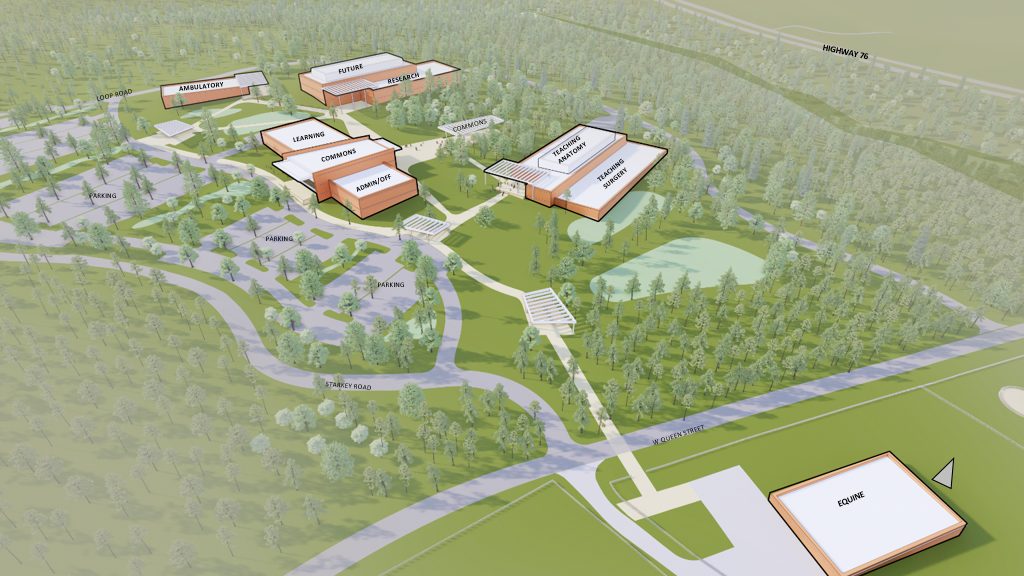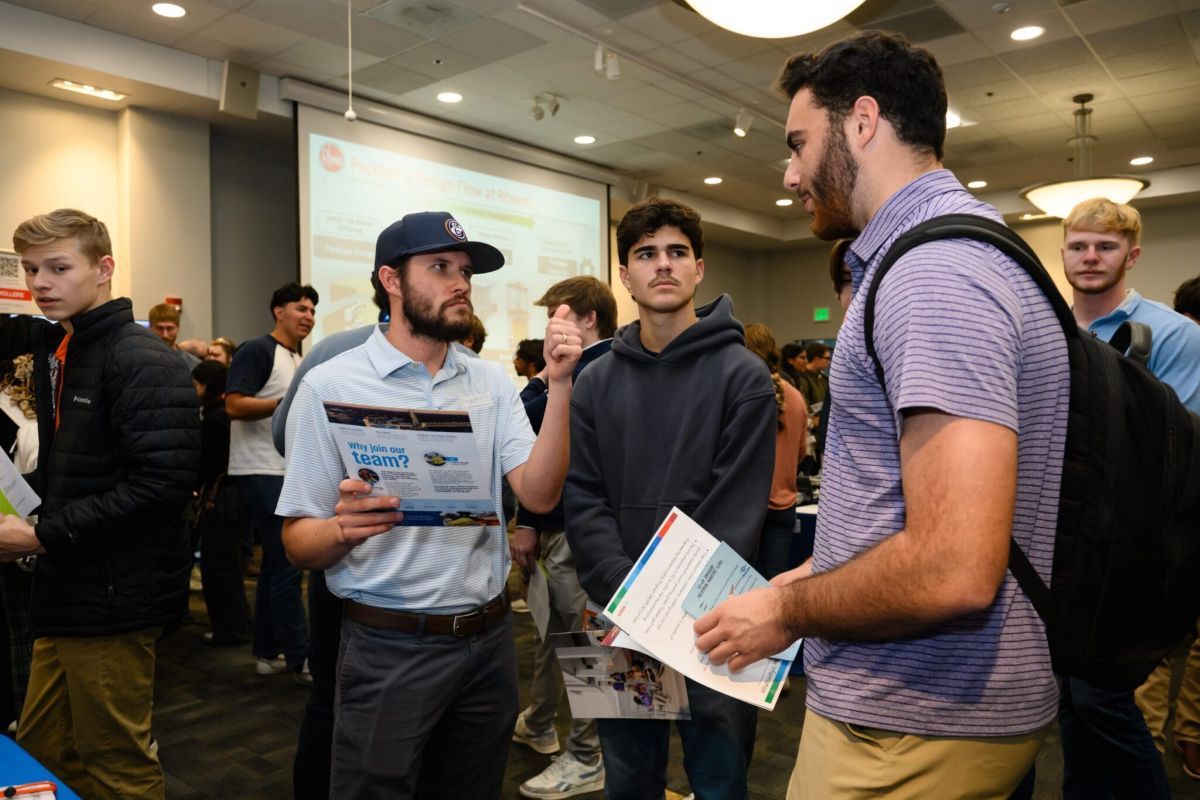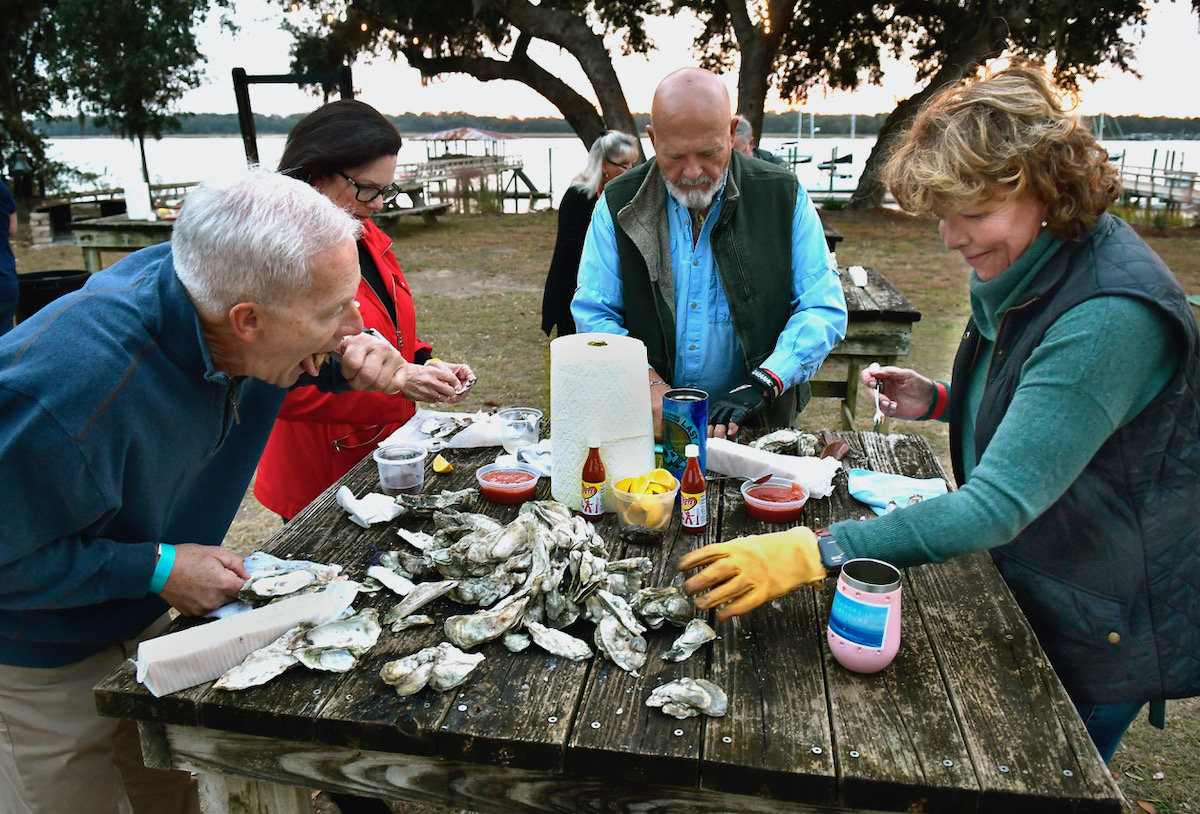Schools seeking funding for vet, medical schools
By Jessica Holdman
SCDailyGazette.com
COLUMBIA – Clemson University is seeking an additional $175 million from the Legislature for the state’s first veterinary school, while the University of South Carolina wants $50 million more for a new medical campus, according to the colleges’ budget requests to lawmakers.
In all, South Carolina’s two largest university systems – and biggest rivals – are seeking a combined $1 billion in next year’s state budget in additional support. That tally includes USC’s two- and four-year campuses scattered around the state.
As the Tigers and Gamecocks prepare to face off in Saturday’s Palmetto Bowl, the SC Daily Gazette dove into what they’re seeking from taxpayers for academic programs, since rivalries between legislators’ alma maters often extend to budget debates.
Another stalemate?
Money to hold down tuition for in-state students topped both schools’ priority lists. Clemson wants $21 million in exchange for keeping tuition steady for a fifth consecutive year. USC wants nearly $26 million to continue freezing in-state tuition for undergraduates at its main Columbia campus alone. USC’s total request rises to more than $46 million to freeze tuition system-wide for South Carolina students.
But it’s Clemson’s No. 2 priority that’s most likely to raise eyebrows.
Initial funding for a vet school — expected to cost $285 million total to build — had House and Senate budget writers at loggerheads last June. Ultimately, Clemson got $103 million toward the project thanks to its biggest cheerleader in the Legislature, Senate Finance Chairman Harvey Peeler, R-Gaffney, who controls the state’s purse strings for the upper chamber.
Clemson’s additional $175 million request would allow construction to wrap up in fall 2026. Otherwise, the school will be built in phases, adding at least an extra year to the timetable, according to Clemson officials.
Peeler, a Clemson graduate, declined to talk about budget requests so early in the process.
House Ways and Means Chairman Bruce Bannister, who earned his law degree from USC, said it’s too soon to know how much will be funded in the state budget that starts July 1.
“Once we begin something of that magnitude, the only thing we can do to mess it up is not finish it,” the Greenville Republican said about the vet school. “We’ll make progress.”
Budget rivalries
USC’s $50 million request for a new medical school would bring total taxpayer funding for that project to $135 million.
The state’s flagship university asked lawmakers last year for the full $300 million projected cost to complete the health science complex but was denied.
USC hopes to begin construction in 2025 and finish in 2027. The project will relocate the medical school from aging buildings on Columbia’s Veterans Affairs hospital campus on Garners Ferry Road to the redeveloped Bull Street District, on the site of the state’s former mental hospital.
By contrast, Clemson had sought about $33 million when initially seeking money toward starting the vet school. It was Peeler who insisted on more than tripling that to open the school more quickly. House budget writers slashed funding back to just $7.5 million as they set up negotiations between the chambers, to ostensibly pay for vet school planning only.
The disagreements, which seemed to be over who’s alma mater got what, threatened to derail the entire budget. The precise sticking points are unknown, since the arguments were behind closed doors. But the weeks-long stalemate broke after House Minority Leader Todd Rutherford, who also earned his law degree from USC, joined negotiations and publicly accused Peeler of “putting pets over people.” Peeler shot back that the House put “pet projects over people,” referring to $400 million worth of earmarks requested by House members.
In the end, Clemson got $103 million for the vet school alone, compared to $5 million for USC’s medical school.
But in all, USC received $81 million additional in state taxes this fiscal year for its main Columbia campus plus $49 million more for satellite campuses, while Clemson University received $132 million in total additional state aid. Clemson Public Service and Agriculture, technically a separate state agency providing agricultural support and research statewide, also received $25 million more.
The budget also included a whopping $713 million worth of legislator-sponsored spending for local projects. It marked an all-time high for those one-time expenses.
What else?
Clemson’s wish list for next year also includes $25 million for what it’s calling a next-generation computing complex and $23 million to expand and upgrade its student health center.
Clemson officials expect enrollment in the college’s computing and computer engineering program to grow to 3,000 students by 2030. It needs the 165,000-square-foot computing complex to fit its swelling class size, according to funding request documents.
The Upstate school also wants to replace its health center, which it hasn’t upgraded or expanded since 1969, when enrollment was a quarter of its current size. Clemson would turn the existing health center into administrative space, according to the request.
USC wants $90 million for a new, 100,000-square-foot science and technology classroom building next door to its recently renovated science and technology towers. The school would build on an existing parking lot, located along Columbia’s south Main Street where the city, state and university have funded major road work to make the road just south of the Statehouse more pedestrian-friendly.
At its Upstate campus, USC is seeking $85 million for an athletics and convention center and $61 million for a new nursing school, according to its requests.
The requests by Clemson and USC are among those submitted by all state agencies this fall as the beginning of the budget process. Gov. Henry McMaster’s budget office will use them to create his spending recommendations for 2024-25, which he’ll release in January as legislators get to work on their own proposals.
Jessica Holdman writes about the economy, workforce and higher education. Before joining the S.C. Daily Gazette, she was a business reporter for The Post and Courier.









